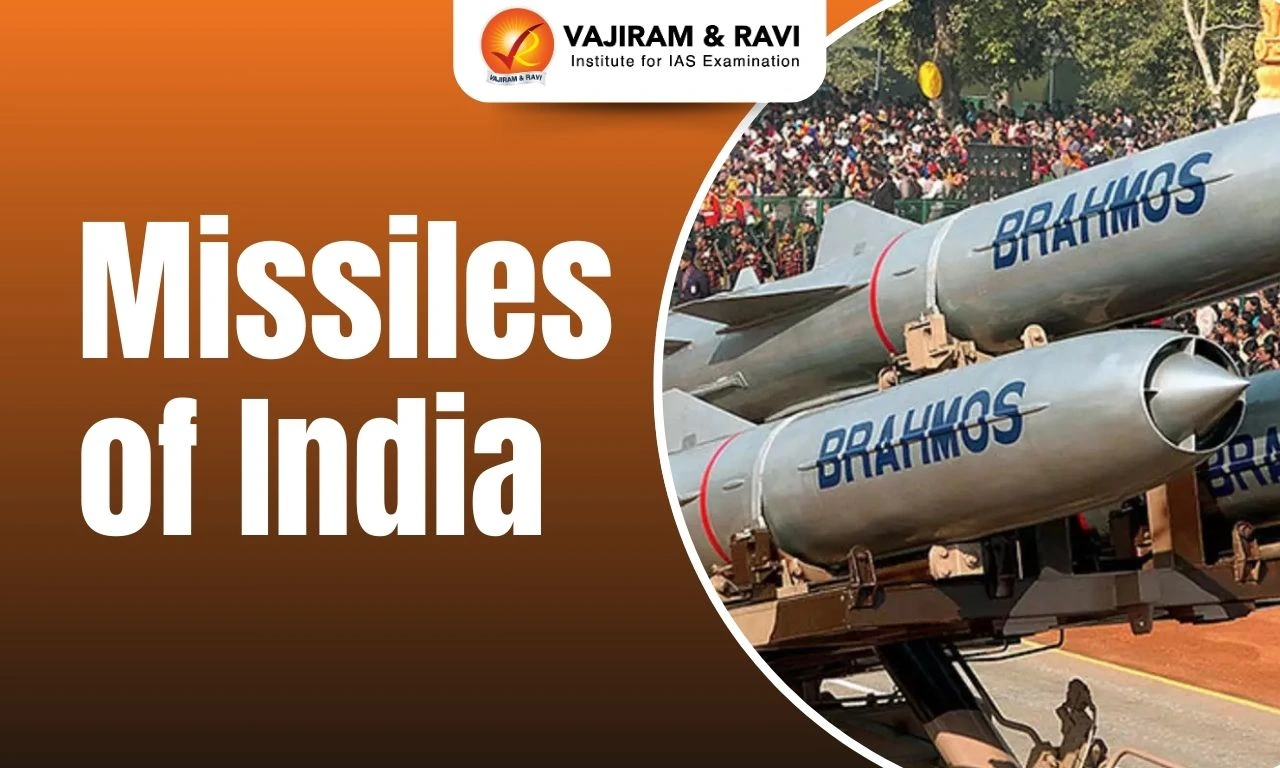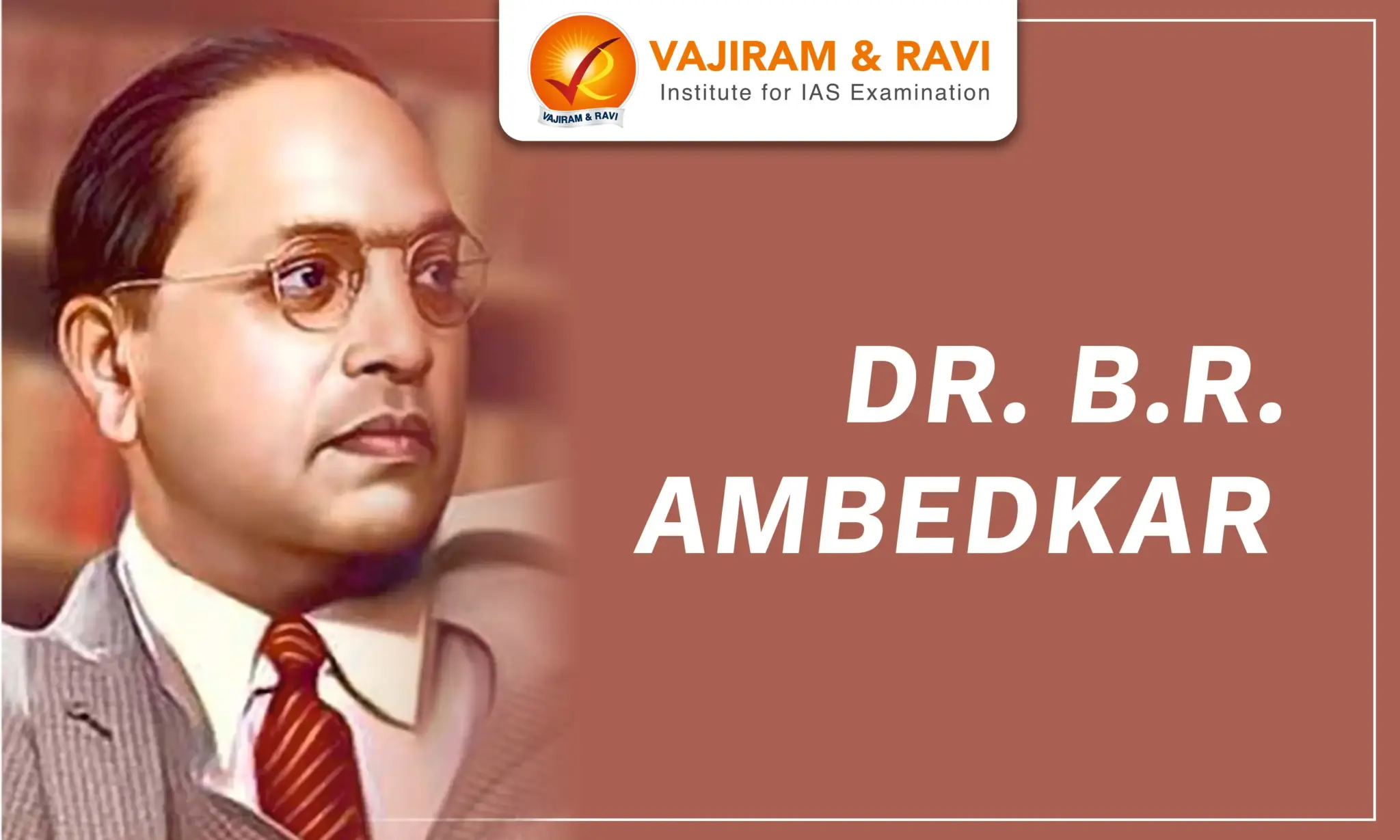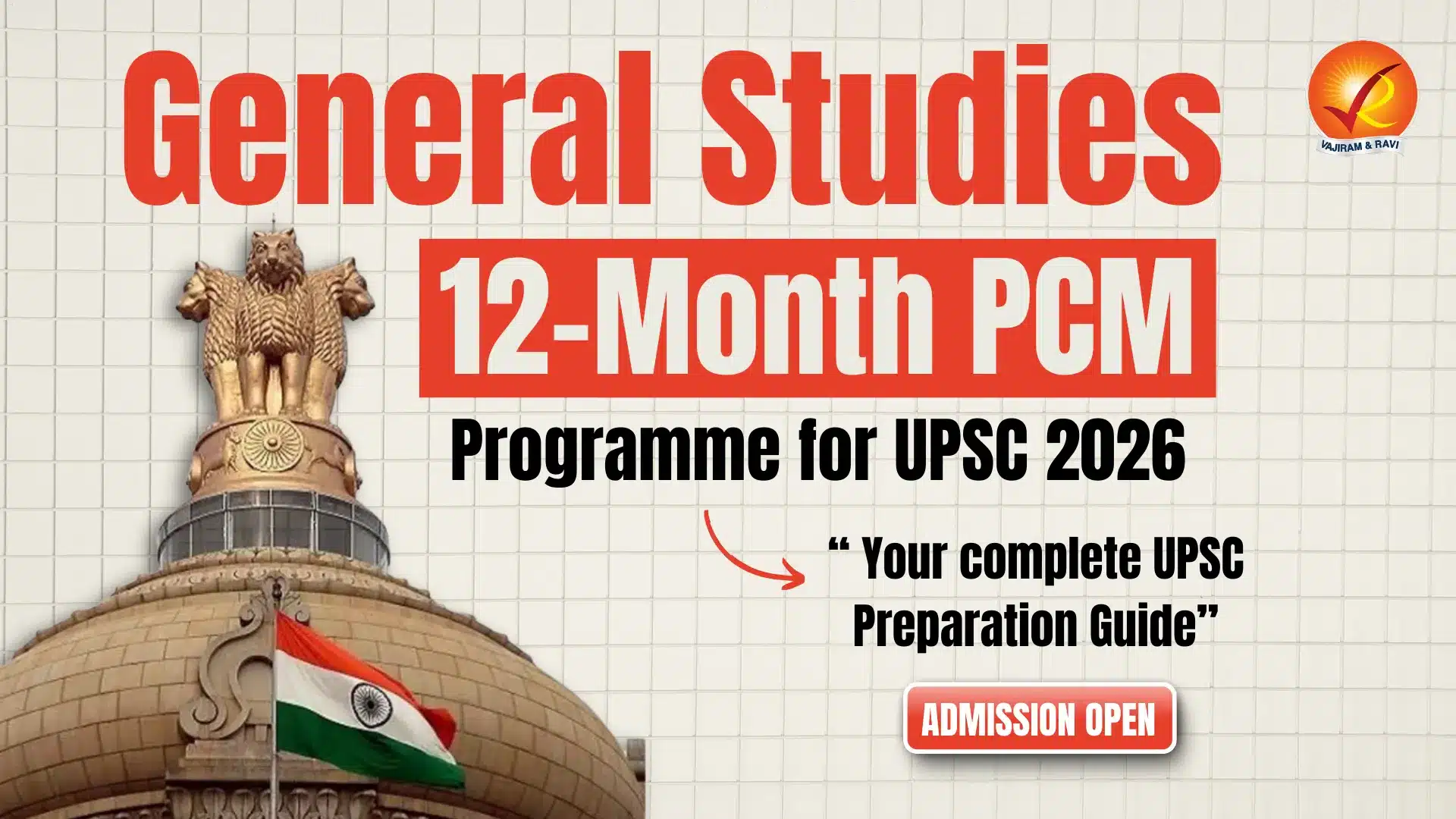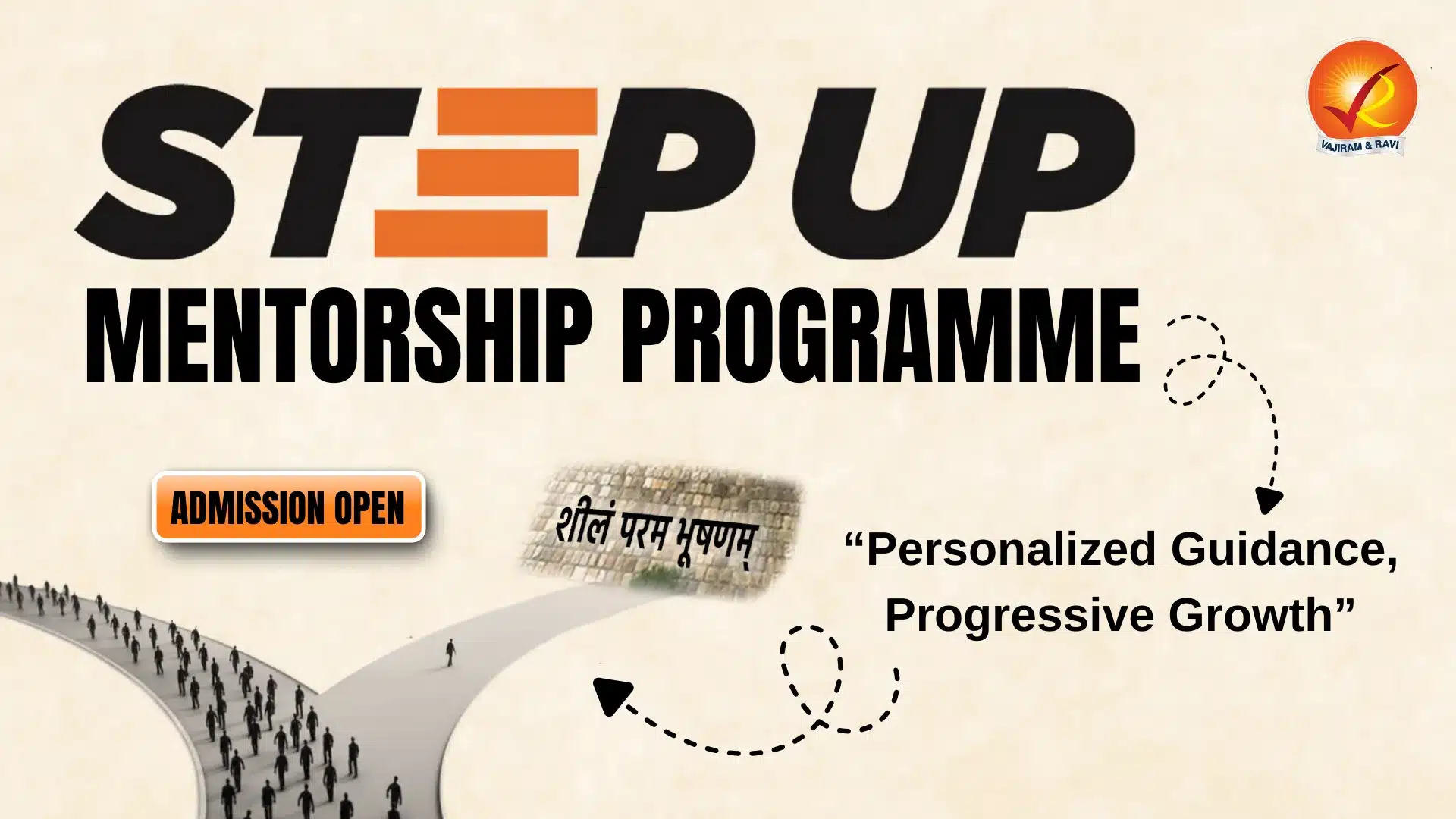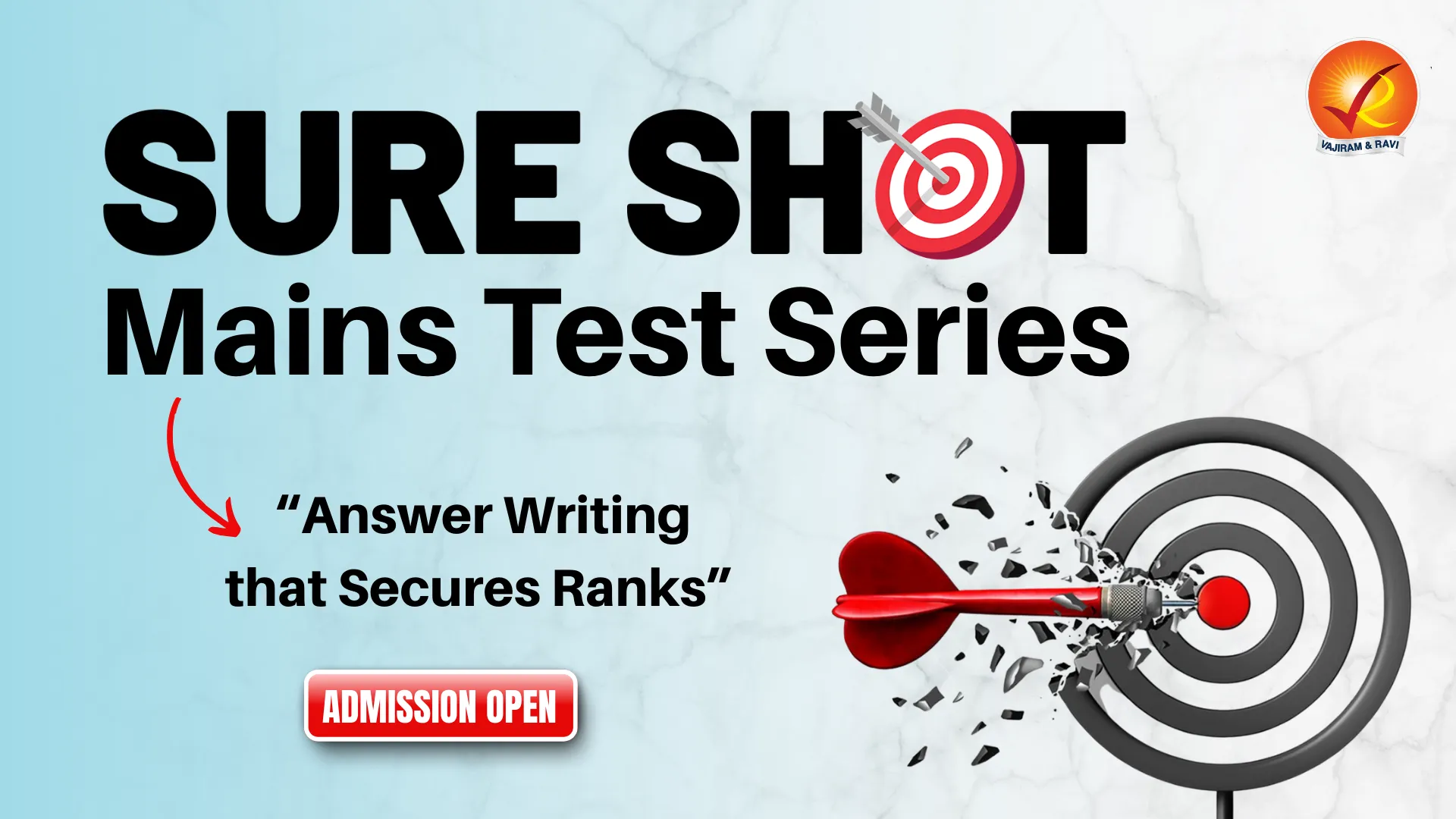Missiles of India include both ballistic and cruise missile systems with strategic and tactical importance. These missiles have been developed through various missile programs since independence, with the Integrated Guided Missile Development Program (IGMDP) being the most important and successful. The development of these missile systems signifies India’s aim to maintain the balance of power and strategic stability in the Asia-Pacific region and attain great power status.
Prithvi, Akash, Agni, Brahmos, Sagarika, etc. are the missiles that have been developed to counter the geopolitical challenges and potential threats to India. They aim to strengthen both offensive and defensive capacities during any conflict scenario.
What is a Missile?
A missile is a guided airborne ranged weapon capable of self-propelled flight usually by a jet engine or rocket motor. Missiles have five system components:
- Guidance system
- Targeting system
- Flight system
- Engine
- Warhead

Features of India’s Missile Systems
Indigenous technology, quick reaction capability, high accuracy, and lethality are the hallmarks of India's missile systems:
- Accuracy: India's missiles incorporate advanced guidance technologies like inertial navigation systems, satellite navigation, radar, and optical seekers to achieve pinpoint accuracy. This enables precise targeting and minimum collateral damage.
- Missiles like Agni-V and BrahMos have consistently hit targets with high bulls-eye precision.
- Quick deployment: Most of India's missiles use solid fuels, lending them quick reaction capability. Shorter preparation and launch times give flexibility to armed forces for a faster response.
- Agni and Prithvimissiles in special transport-erector-launcher vehicles can fire in under 15 minutes.
- High lethality: Powerful indigenous propulsion systems give Indian missiles extended ranges and heavy warheads to inflict major damage.
- BrahMos, with its supersonic speed, is one of the deadliest cruise missiles globally.
Successful Missile Programs of India
India's missile programs started soon after the establishment of DRDO, and IGMDP was the first significant initiative of India to develop missiles for its defensive and offensive needs.
| Missile Programs of India | Features | Key products |
| Integrated Guided Missile Development Program |
- Started in 1983, under DRDO, completed in 2008. - Objectives:
|
Prithvi, Akash, Nag, Trishul and Agni (1, 2 and 3) |
| BrahMos Aerospace-Joint Venture |
- Established in 1998 - Jointly developed by India's DRDO and Russia's NPO Mashinostroyenia |
BrahMos Supersonic Cruise Missile |
| Indian Ballistic Missile Defence Programme |
- Started in 1999 - Two-tiered system: endo and exo-atmospheric interception |
Prithvi Air Defence (PAD) / Pradyumna Ballistic Missile Interceptor, Advanced Air Defence (AAD) / Ashwin Ballistic Missile Interceptor |
| Independent Projects | - Since 2008, after completion of IGMDP. | Agni series, K-Missiles, Hypersonic Technology Demonstrator Vehicle (in process), etc. |
Different Types of Missiles in India
India's current missile capabilities serve to strengthen conventional military readiness, provide credible nuclear deterrence and secure national interests in line with geopolitical realities.

Types of Missiles Based on Speed
Missiles are classified based on their speed with respect to that of sound, expressed as Mach.
- Subsonic missile: Missiles that travel slower than sound are known as "subsonic."
- Examples: U.S. Harpoon anti-ship missile, Indian Prithvi short-range ballistic missile
- Supersonic missile: Missiles that travel faster than the speed of sound (Mach 1) but less than Mach 5 are called "supersonic."
- Examples: Russian Iskander tactical ballistic missile, Indian BrahMos supersonic cruise missile.
- Hypersonic missile: The term "hypersonic" means that the speed of missiles should be at least five times faster than the speed of sound (over Mach 5).
- Examples: China's DF-ZF hypersonic glide vehicle, Russia’s Avangard, and Shaurya/Sagarika missiles of India (Max speed - 7.5 Mach), etc.
Types of Missiles in India Based on Trajectory
- Ballistic Missiles: Ballistic missiles have a ballistic lofted trajectory and work on the principle of unpowered free-fall flight after the boost phase. Examples areIndia's Agni and Prithvi series of ballistic missiles.
- Hypersonic Glide Vehicle: Ballistic missiles attaining hypersonic velocities during the re-entry phase are hypersonic ballistic missiles.
- Examples of HGVs: China DF-17 missile mounts hypersonic glide vehicle, Russia Avangard boost-glide system
- India is in the “Technology demonstration” stage of the HGVs.
- Hypersonic Glide Vehicle: Ballistic missiles attaining hypersonic velocities during the re-entry phase are hypersonic ballistic missiles.
- Cruise Missiles: It is a guided missile used against terrestrial or naval targets, that remains in the atmosphere (unlike ballistic missiles) and flies the major portion of its flight path at an approximately constant speed, before hitting the target.
- Subsonic Cruise missiles: These cruise missiles travel at less than Mach 1.
- Examples: U.S. BGM-109 Tomahawk long-range subsonic cruise missile, Indian Nirbhay subsonic cruise missile.
- Supersonic Cruise missiles: Cruise missiles travelling at supersonic speeds are called supersonic cruise missiles.
- BrahMos: Joint Indo-Russian BrahMos is the fastest supersonic cruise missile reaching close to Mach 3 speed.
- Hypersonic Cruise missiles: Cruise missiles powered using scramjet engines to realise speeds greater than Mach 5 are designated as hypersonic cruise missiles.
- 3M22 Zircon: Russia's 3M22 Zircon can fly over Mach 8 as a hypersonic cruise missile.
- BrahMos II: Said to be based on Zircon, BrahMos Aerospace is working on the BrahMos-II variant to attain hypersonic cruise speeds above Mach 8.
- Subsonic Cruise missiles: These cruise missiles travel at less than Mach 1.

- Fractional Orbital Bombardment System (FOBS): It is a warhead delivery system that uses a low Earth orbit towards its target destination. Just before reaching the target, it deorbits through a retrograde engine burn.
- Instead of ICBMs which follow a probable trajectory, FOBS can avoid early warning systems by approaching from the south polar region without the revelation of targets.
- Example: Russia developed this technology in the 1960s. Recently, China has tested this system too.
Types of Missiles Based on the Launch Mode
| Launch Mode | Description | Examples |
| Surface-to-Surface | Launched from land-based platforms to strike ground targets | Prithvi, Agni, and BrahMos |
| Surface-to-Air | Launched from land to intercept aerial threats like aircraft, helicopters, and drones | Akash, MRSAM |
| Air-to-Surface | Air launched to attack ground-based targets | Helina anti-tank missile fired from Rudra helicopter |
| Air-to-Air | Launched from aircraft against hostile aerial targets | Astra BVR air-to-air missile fired from Tejas |
| Ship-to-Ship | Naval anti-ship missiles launched from warships/submarines | BrahMos anti-ship cruise missile fired from ships |
| Ship-to-Air | Naval surface-to-air missiles for fleet air defence | Barak-8 LR-SAM deployed on ships |
| Submarine-launched | Fired from submerged submarines | K-15 submarine-launched ballistic missile |
| Shoulder-fired | Man-portable missiles fired from launchers carried by infantry | FIM-92 Stinger and Igla shoulder-fired SAMs |
Based on Strategic Importance
Strategic missiles encompass missiles that give a strategic edge over an opponent or provide credible deterrence to a country. In India and other powerful countries, these missiles are part of the nuclear triad.
- Intercontinental ballistic missile (ICBM): These missiles are long-range missiles that are capable of delivering nuclear warheads across continents.
- It is a part of India’s Nuclear Triad.
- Agni-V is India's first Intercontinental Ballistic Missile(ICBM), with a range of around 5000-8000 km. It brings the entire Asia-Pacific region within its reach.
- Mission Divyastra successfully tested the Agni-V missile using MIRV (Multiple Independently Targetable Re-entry Vehicle) technology, capable of striking multiple targets hundreds of kilometres apart with a single missile.
- Sub-surface ballistic nuclear (SSBN): A nuclear-powered submarine carrying and launching ballistic missiles armed with nuclear weapons.
- K-15 Sagarika (750 km) and K-4 (3500 km, in development) are the Submarine-launched ballistic Missiles (SLBMs), thatcomplete India's nuclear triad by enabling second-strike capability from underwater locations.
- K-15 Sagarika has been deployed in Arihant class SSBN.
Based on Tactical Importance
Tactical missiles are employed in the battlefield and frontline combat situations to strike and neutralise enemy assets and capabilities. India boasts an array of tactical missiles.
- Prithvi Missiles: The Prithvi series includes short-range surface-to-surface ballistic missiles.
- Prithvi-I (150km) and Prithvi-II (350 km) for battlefield roles and hitting strategic targets close to the border.
- Prithvi-III naval variant (350 km) to boost coastal and seaborne deterrence from warships.
- BrahMos Missile: BrahMos is the fastest supersonic missile of the world.
- It is a Mach 3 "fire-and-forget" missile, inducted in all three services of the Indian Armed Forces.
- Its variants include land, ship, submarine, and air-launched missiles.
- BrahMos II, the hypersonic cruise missile, is currently in the developing phase.

Types of Missiles Based on Propulsion
Missiles utilise different types of propulsion and guidance systems based on their range, launch platform and targets. Key missile propulsion systems are:
- Solid Propulsion: It uses solid propellants like Hydroxyl-terminated polybutadiene (HTPB) fuel. It is simple, low-cost, and reliable.
- Example: Prithvi, Brahmos.
- Liquid Propulsion: It employs liquid fuels (Hydrazine - N2H4, Liq. hydrogen, etc.) and oxidisers (Nitrogen tetroxide - N2O4, Liq. oxygen, etc.).
- It has higher efficiency and throttle ability.
- Example: Agni series, Akash.
- Recently, India has successfully tested the Agni-Prime missile with solid propellant, making it lighter than other Agni series missiles.
- Hybrid Propulsion: It uses a combination of solid and liquid propellants.
- Example: Used in Brahmos hypersonic cruise missile prototype.
- Cryogenic: It uses liquid oxygen and hydrogen. It has a very high energy density.
- Example: Employed in long-range Agni-V ICBM.
- Ramjet/Scramjet: Air-breathing engines are used for hypersonic ballistic and cruise missiles.
- Example: Under development (India’s HGV and Brahmos-II).
Based on Guidance Systems
Guidance systems enable missiles to accurately reach targets. Various guidance technologies are:
- Command Guidance: External commands guide missiles through radio/wire links.
- Example: Nag anti-tank missile.
- Inertial Guidance: Onboard computers and motion sensors provide autonomous course correction.
- Example: Agni ballistic missiles.
- Terrain Mapping: This compares onboard terrain maps to radar altimeter data for accuracy.
- Example: Prithvi missiles.
- Laser Homing: It guides towards a target illuminated by a laser designator.
- Example: Helina anti-tank missile, Anti-Tank Guided Missile for MBT Arjun, etc.
- Radar/GPS: This updates position using satellite navigation and matches it to targeting data.
- Example: Brahmos cruise missile.
Significance of Defence Capabilities
India’s indigenous missiles significantly augment its military might and play a key role in defence preparedness:
- Strategic deterrence: Long-range ballistic missiles like Agni provide minimum credible deterrence and give India retaliatory second-strike capability against nuclear attacks.
- Tactical battle capability: Short-range Prithvi and BrahMos missiles allow deep tactical strikes against enemy airbases, logistics, and other targets to gain a battlefield edge.
- Coastal defence: Anti-ship versions of BrahMos and surface-to-air missiles guard India’s vast coastline against hostile warships and aircraft.
- Enhanced air power: Air-to-air missiles like Astra enhance the capability of IAF jets for air combat and strikes. Air-launched cruise missiles turn fighters into potent missile carriers.
Challenges in Defence Indigenisation
While India has made significant progress in developing advanced missile technologies, a few key challenges need to be addressed:
- Indigenous Infrastructure: India still depends on imports for critical components like seekers, RF seekers, propulsion systems etc. This affects large-scale manufacturing.
- Developing comprehensive domestic production capabilities across electronics, and guidance systems remains vital.
- DRDO Project Delays: Multiple strategic missile programs have suffered from developmental delays and modest success rates affecting operationalisation.
- Prioritisation frameworks balancing strategic needs, technical capacity and review mechanisms must guide planning.
- Problem in Technology transfer: Many times, the transfer of key defence technologies is not easy.
- Self-sufficiency as well as global lobbying efforts are important.
- Funding Constraints: The capital-intensive and technically challenging nature of missile projects requires adequate and sustained financing.
- Attracting private capital through appropriate PPP and other models is imperative.
Last updated on November, 2025
→ Check out the latest UPSC Syllabus 2026 here.
→ Join Vajiram & Ravi’s Interview Guidance Programme for expert help to crack your final UPSC stage.
→ UPSC Mains Result 2025 is now out.
→ UPSC Notification 2026 is scheduled to be released on January 14, 2026.
→ UPSC Calendar 2026 is released on 15th May, 2025.
→ The UPSC Vacancy 2025 were released 1129, out of which 979 were for UPSC CSE and remaining 150 are for UPSC IFoS.
→ UPSC Prelims 2026 will be conducted on 24th May, 2026 & UPSC Mains 2026 will be conducted on 21st August 2026.
→ The UPSC Selection Process is of 3 stages-Prelims, Mains and Interview.
→ UPSC Result 2024 is released with latest UPSC Marksheet 2024. Check Now!
→ UPSC Prelims Result 2025 is out now for the CSE held on 25 May 2025.
→ UPSC Toppers List 2024 is released now. Shakti Dubey is UPSC AIR 1 2024 Topper.
→ UPSC Prelims Question Paper 2025 and Unofficial Prelims Answer Key 2025 are available now.
→ UPSC Mains Question Paper 2025 is out for Essay, GS 1, 2, 3 & GS 4.
→ UPSC Mains Indian Language Question Paper 2025 is now out.
→ UPSC Mains Optional Question Paper 2025 is now out.
→ Also check Best IAS Coaching in Delhi
Missiles of India FAQs
Q1. What are the major types of missiles developed by India?+
Q2. Which is India's longest-range ballistic missile?+
Q3. How does India’s missile technology strengthen its defence?+
Q4. What navigation systems are used in Indian missiles?+
Q5. Which country collaborates with India on the BrahMos missile?+
Tags: missiles of india quest



